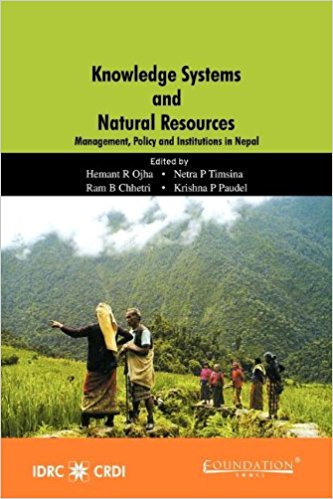Finding ways to better manage natural resources is critical, and increasingly so. From forests to fisheries, and from water to agricultural systems, a range of natural resources are increasingly becoming scarce, with their sustainability both essential, and in question. A variety of approaches is being employed in different regions, and across different contexts, to preserve and manage these resources. The literature on natural resource management tends, broadly, to divide these into two different kinds of knowledge systems. ‘Traditional’ knowledge (also sometimes referred to as ‘indigenous’ or ‘local’) is seen as the cumulative wisdom acquired by local and indigenous communities over generations of experience in managing their natural resources. These systems emphasize experiential learning, and use traditional norms, often with spiritual, ancestral and sacred underpinnings. Yet traditional knowledge is often devalued in comparison to ‘modern’ or ‘scientific’ knowledge, especially in natural resource management as practised today.
This dichotomy is well recognized, and has been extensively discussed in conservation and natural resource management literature. This book takes this discussion one step further, recognizing that while differences in these two approaches to knowledge and natural resource management have been studied, less is known about what happens when these two systems of thought interact, or collide. This book in fact adopts a somewhat different framework, arguing that when natural resource systems such as forests, irrigation or agriculture are managed in practice, one comes across four different categories of social actors—civil society (largely composed of local communities and their representatives),

